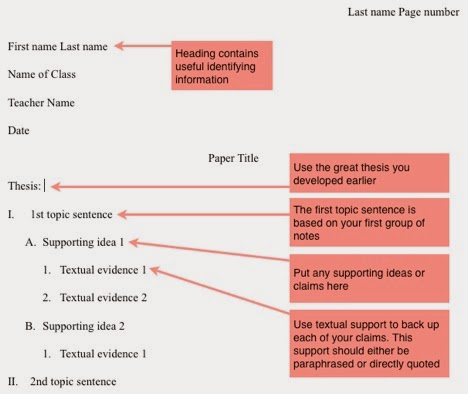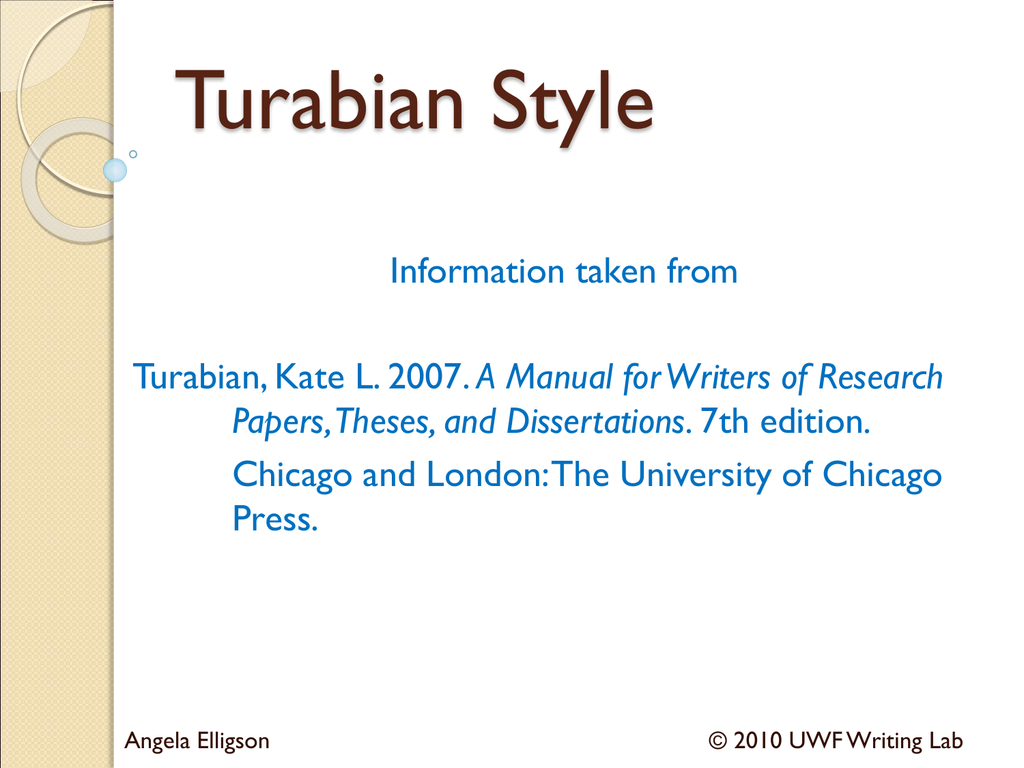
 Insert one blank line between each note. Begin each note with its number in regular text (not superscript). Footnotes are the preferred method to indicate in-text citations throughout this format. If you are working on a document or dissertation that has separate chapters, restart each chapter with note 1. Used in all programs of study using Turabian format (except book reviews, which use Author-Date format). If you edit your paper and insert a footnote in the introduction, the rest of your footnotes will automatically renumber. For example, if you are using Microsoft Word, the software will take care of your numbering for you. Number the notes consecutively, beginning with 1. Norton, 1998), 102–7 Bruno Nettl, “Improvisation, Extemporization,” in The New Harvard Dictionary of Music.
Insert one blank line between each note. Begin each note with its number in regular text (not superscript). Footnotes are the preferred method to indicate in-text citations throughout this format. If you are working on a document or dissertation that has separate chapters, restart each chapter with note 1. Used in all programs of study using Turabian format (except book reviews, which use Author-Date format). If you edit your paper and insert a footnote in the introduction, the rest of your footnotes will automatically renumber. For example, if you are using Microsoft Word, the software will take care of your numbering for you. Number the notes consecutively, beginning with 1. Norton, 1998), 102–7 Bruno Nettl, “Improvisation, Extemporization,” in The New Harvard Dictionary of Music. 
Oliver Strunk, ed., Source Readings in Music History, rev ed., ed. Massimo Ossi, Divining the Oracle: Monteverdi’s seconda prattica (Chicago: University of Chicago Press, 2003), 34.ġ4. In a note with multiple citations, separate the citations with semicolons.ġ3.

14 Do not create multiple notes, like this.
If your note number refers to more than one source, put all the citations together in the same note, like this. These superscripts appear after any final punctuation, whether it is a period, quotation mark, or closing parenthesis. Footnote or endnote numbers are indicated in the text by means of superscripts, like this. Those papers would also include a reference list of works cited at the end. The parenthetical method lets writers use in-text citations (similar to those used in MLA style). The notes and bibliography method allows students will use footnotes or endnotes in the text and a bibliography at the end of the paper. Turabian style allows writers to choose from two systems of citing information: Turabian style omits some of the information that is relevant for publishing, but it also departs from Chicago Style in a few other ways. Turabian knew that most students are concerned with writing papers, so she narrowed the focus and refined the rules specifically for paper writing. Turabian Style is used mainly for history papers, but it is sometimes used in other disciplines.Ĭhicago style is a standard used for formatting scholarly books. Turabian Style was developed especially for students by Kate Turabian, the dissertation secretary at the University of Chicago, and based on the Chicago style of writing.







 0 kommentar(er)
0 kommentar(er)
